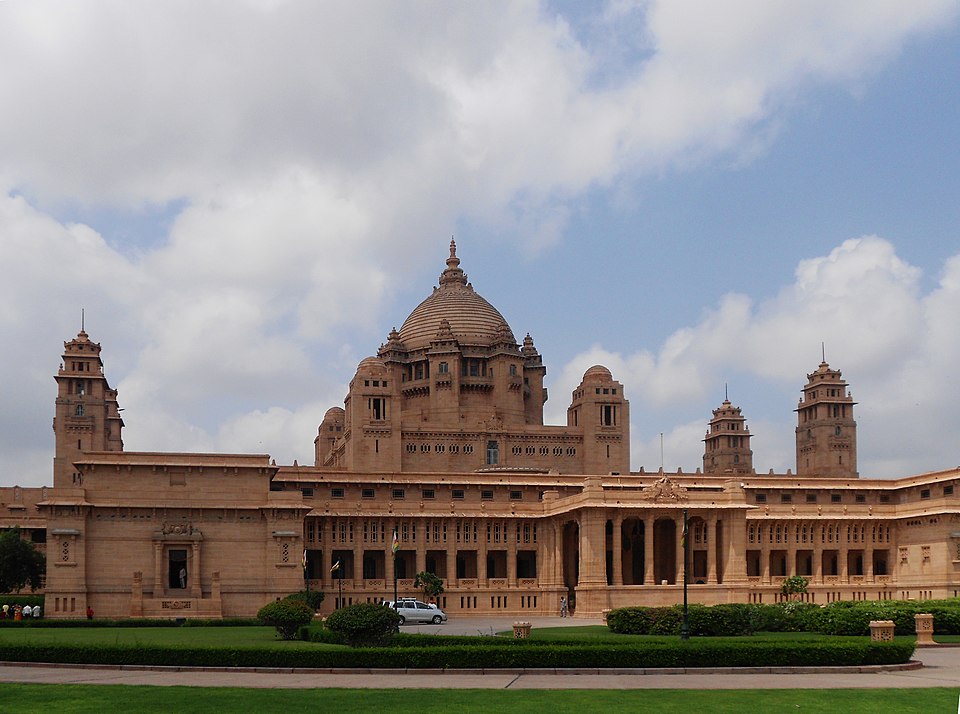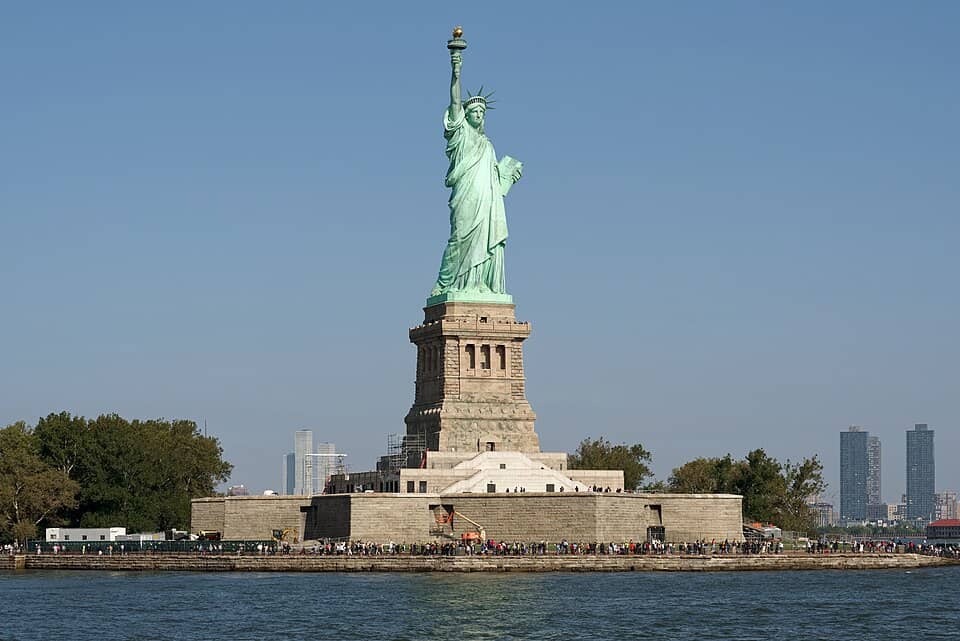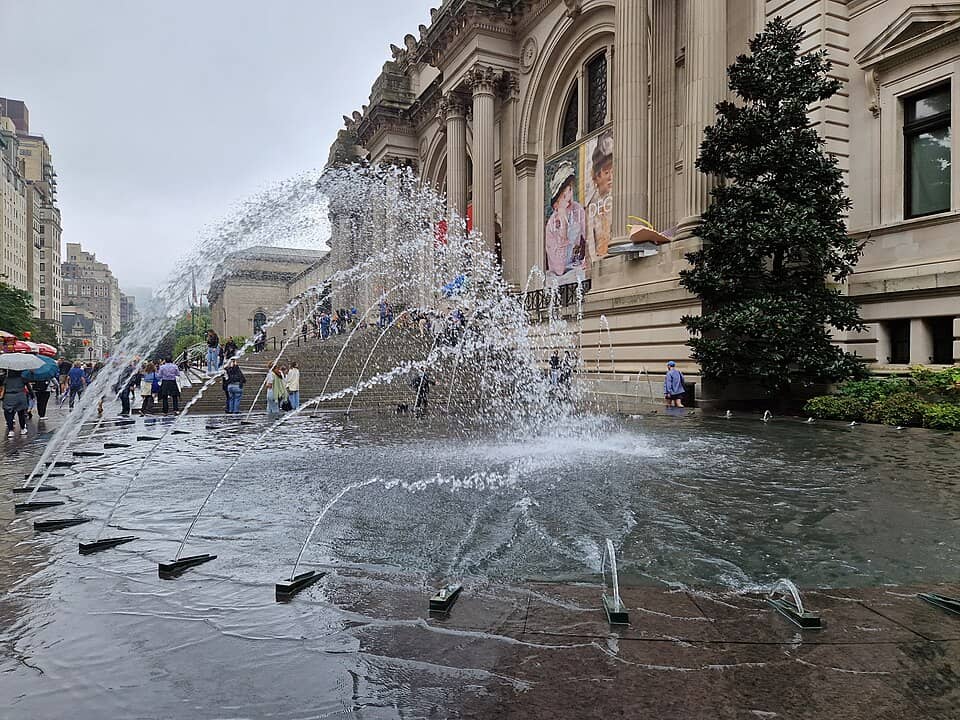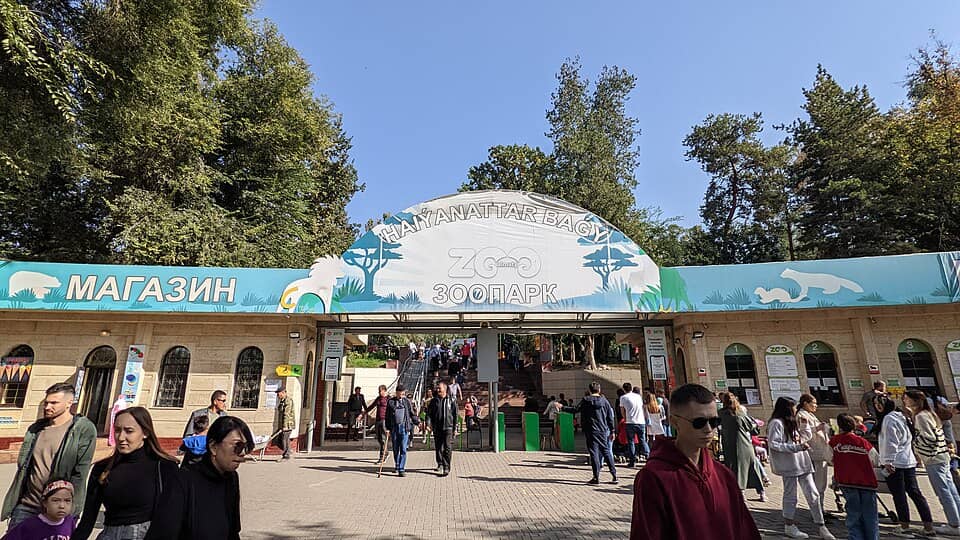
Top National Parks in India: A Journey Through Nature’s Finest Sanctuaries
June 11, 2025
6 Biggest Dams in India Featuring Tehri Dam and Five Other Highest Dams
June 13, 2025Majestic Palaces in India That Embody Royal Grandeur
India is a land steeped in history, culture, and unparalleled architectural grandeur. Its palaces, built by emperors, maharajas, and nizams over centuries, stand as enduring symbols of royalty, power, and artistic brilliance. These magnificent structures not only reflect the opulence of their creators but also offer a window into the rich heritage of the nation.
From the desert landscapes of Rajasthan to the lush southern plains of Karnataka, India’s palaces are architectural marvels that redefine the very concept of royalty. In this article, we will explore six of the most iconic palaces in India, delving into their history, architecture, and cultural significance, while highlighting how they continue to captivate visitors and preserve the legacy of a regal past.
1. Mysore Palace, Karnataka
The Mysore Palace, located in the cultural heart of Karnataka, is a breathtaking testament to India’s royal heritage. Constructed in the Indo-Saracenic style—a fusion of Hindu, Muslim, Rajput, and Gothic influences—this palace was the residence of the Wodeyar dynasty, who ruled Mysore for centuries. Completed in 1912 after the original wooden structure was destroyed by fire, the palace is a masterpiece of design and craftsmanship.
Its interiors are a spectacle of luxury, featuring intricately carved rosewood doors, vibrant frescoes, and stained glass ceilings. The Durbar Hall, with its golden throne, and the Kalyana Mantapa, adorned with chandeliers and mirrored tiles, are standout features. The palace truly comes alive during the Mysore Dasara festival, a 10-day celebration when it is illuminated with over 100,000 lights, drawing visitors from across the globe. The Mysore Palace is not just a royal residence; it is a living symbol of Karnataka’s cultural splendor and a must-visit for anyone exploring India’s royal legacy.
2. Umaid Bhawan Palace, Jodhpur, Rajasthan
Rising majestically from the arid sands of Jodhpur, the Umaid Bhawan Palace is one of the largest private residences in the world. Commissioned by Maharaja Umaid Singh in 1929, this palace was born out of a noble cause—to provide employment during a devastating famine. Designed by British architect Henry Lanchester, it blends Art Deco and Renaissance styles with Rajasthani elements, creating a striking visual harmony.
Constructed from golden-yellow sandstone, the palace boasts 347 rooms, sprawling gardens, and a museum showcasing artifacts from the royal family. Its scale is staggering, with a central dome inspired by European architecture and interiors featuring marble floors and polished wood. Today, part of the palace serves as a luxury hotel managed by the Taj Group, while another section remains home to the Jodhpur royal family. The Umaid Bhawan Palace is a monument to resilience and elegance, redefining royalty with its blend of purpose and grandeur.
Explore More- 7 Historic Monuments in West Bengal Every Culture Lover Must Visit
3. City Palace, Udaipur, Rajasthan
Perched on the banks of Lake Pichola, the City Palace in Udaipur is a sprawling complex that exudes regal charm. Initiated by Maharana Udai Singh II in 1559 and expanded by successive rulers over 400 years, the palace is a stunning amalgamation of Rajasthani, Mughal, Medieval, European, and Chinese architectural styles. Its location, overlooking the shimmering lake, adds to its ethereal beauty.
The complex comprises multiple palaces, courtyards, and gardens, each with its own distinct character. Highlights include the Mor Chowk, with its intricate peacock mosaics, and the Zenana Mahal, the women’s quarters, adorned with delicate frescoes. The palace also houses a museum displaying royal artifacts, from ornate weaponry to ancient paintings. The City Palace is a living testament to Udaipur’s royal lineage, offering visitors an immersive experience of Rajasthan’s princely past.

4. Falaknuma Palace, Hyderabad, Telangana
The Falaknuma Palace, perched 2,000 feet above Hyderabad, is a jewel of Nizami architecture and a symbol of unparalleled luxury. Built in 1894 by Nawab Vikar-ul-Umra, it was later acquired by the Nizam of Hyderabad, one of the wealthiest rulers of his time. Its name, meaning “Mirror of the Sky,” reflects its lofty position and the panoramic views it commands.
The palace blends Italian and Tudor architectural styles, with interiors featuring Venetian chandeliers, marble staircases, and rare artworks. Its most iconic feature is a 101-seat dining table, a testament to the Nizam’s lavish hospitality. Restored and transformed into a luxury hotel by the Taj Group, Falaknuma allows modern visitors to step into the world of Nizami royalty. With its opulent design and rich history, the palace redefines royalty as an experience of timeless extravagance.
Explore More- 8 Best Places to Visit in Jodhpur in 2 Days (2025 Guide)
5. Jai Vilas Palace, Gwalior, Madhya Pradesh
The Jai Vilas Palace in Gwalior is a unique blend of Indian royalty and European elegance. Constructed in 1874 by Maharaja Jayajirao Scindia to welcome the Prince of Wales, the palace was designed by Sir Michael Filose and showcases Tuscan, Italian, and Corinthian architectural influences. Its white facade and symmetrical design make it a striking presence in the historic city of Gwalior.
The palace’s Durbar Hall is a highlight, featuring two of the world’s largest chandeliers and a silver train once used to serve drinks to guests—an ingenious display of royal innovation. A portion of the palace houses a museum with an eclectic collection, including royal furniture, weapons, and a model railway. The Jai Vilas Palace stands as a bridge between Indian tradition and European flair, offering a fresh perspective on royal magnificence.
6. Rambagh Palace, Jaipur, Rajasthan
Once the residence of the Maharaja of Jaipur, the Rambagh Palace is a gem of Rajasthani architecture and a sanctuary of serenity. Originally built in 1835 as a hunting lodge, it was transformed into a grand palace in 1925. Surrounded by manicured gardens, fountains, and shaded courtyards, the palace radiates an aura of understated luxury.
Its interiors are adorned with hand-painted frescoes, crystal chandeliers, and antique furniture, reflecting the refined taste of Jaipur’s royalty. Today, the palace operates as a luxury hotel under the Taj Group, offering guests a chance to live like maharajas amid its historic walls. The Rambagh Palace redefines royalty with its blend of tranquility and splendor, making it a cherished destination in the Pink City.
Conclusion
India’s magnificent palaces are more than just architectural wonders—they are portals to a bygone era of royalty, culture, and craftsmanship. The Mysore Palace dazzles with its festival lights, while the Umaid Bhawan Palace stands as a beacon of resilience. The City Palace enchants with its lakeside charm, and the Falaknuma Palace elevates luxury to new heights. The Jai Vilas Palace bridges continents with its design, and the Rambagh Palace offers a serene retreat into regal history.
Together, these palaces preserve India’s rich cultural heritage, showcasing the ingenuity and artistry of its rulers. Visiting them is not just a journey through space but a step back in time, where the grandeur of India’s royal past comes alive. For travelers and history enthusiasts alike, these palaces redefine royalty, inviting all to experience the majesty of a nation shaped by its kings and queens.
Image Credits- Mysore Palace




